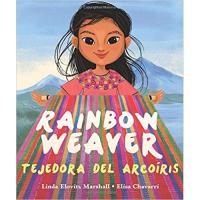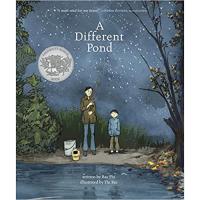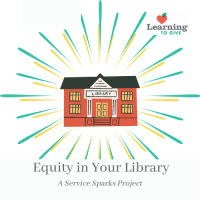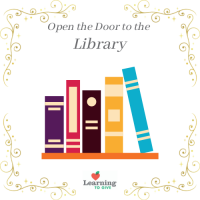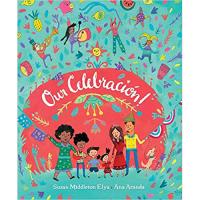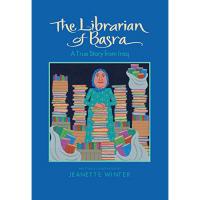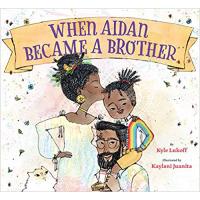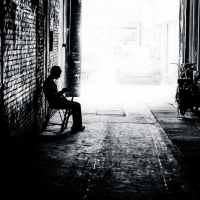The key to cultural competence is learning about cultures around the world. The book Children Like Me sparks curiosity about different cultures. Youth make a simple keychain to represent the different cultures they can learn about with the key that helps them open doors.
- Read more about Understanding Cultural Competence
- Log in or register to post comments
